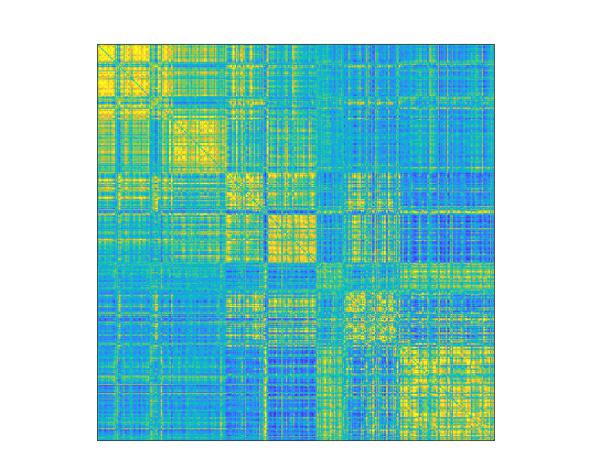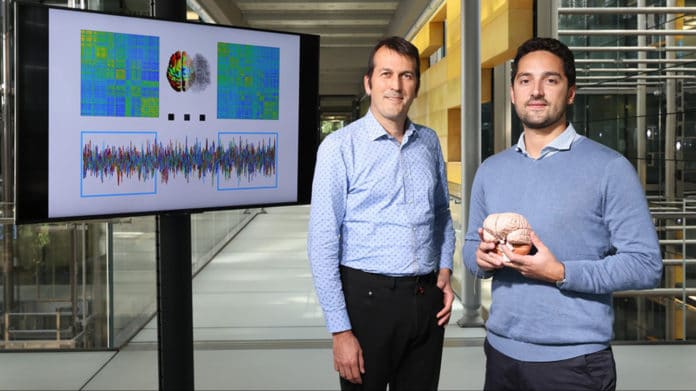An EPFL scientist Enrico Amico recently detected the signs of brain activity that acts as our brain fingerprint. Interestingly, the fingerprint is unique like our regular fingerprint. He learned that this fingerprint constantly changes in time.
Amico’s research interest is in examining networks and connections within the brain. He does this by measuring brain activity by using MRI scans over a given period.
Amico and his research team generate a graph that summarizes a subject’s brain activity by processing the brain scans. This technique is known as network neuroscience or brain connectomics.
Amico said, “All the information we need is in these graphs, which are commonly known as functional brain connectomes. The connectome is a map of the neural network. They inform us about what subjects were doing during their MRI scan – if they were resting or performing some other tasks, for example. Our connectomes change based on what activity was being carried out, and what parts of the brain were being used.”
A few years ago, neuroscientists at Yale University, studying these connectomes, found that every one of us has a unique brain fingerprint. Comparing the graphs generated from MRI scans of the same subjects taken a few days apart, they could correctly match up the two scans of a given subject nearly 95% of the time. In other words, they could accurately identify an individual based on their brain fingerprint.
Amico said, “That’s really impressive because the identification was made using only functional connectomes, which are essentially sets of correlation scores.”
In this study, Amico decided to take this finding one step further. He wondered whether these prints could be identified after just a few seconds or if there was a specific point in time when they appear – and if so, how long would that moment last?
Amico said, “Until now, neuroscientists have identified brain fingerprints using two MRI scans taken over a fairly long period. But do the fingerprints actually appear after just five seconds, for example, or do they need longer? And what if fingerprints of different brain areas appeared at different moments in time? Nobody knew the answer. So, we tested different time scales to see what would happen.”
The team found that around 1 minute and 40 seconds was enough to detect the useful data.
Amico said, “We realized that the information needed for a brain fingerprint to unfold could be obtained over very short time periods. There’s no need for an MRI that measures brain activity for five minutes, for example. Shorter time scales could work too.”

The study also shows that the fastest brain fingerprints start to appear from the brain’s sensory areas, particularly the areas related to eye movement, visual perception, and visual attention. As time goes by, frontal cortex regions, the ones associated with more complex cognitive functions, start to reveal unique information.
Amico said, “The next step will be to compare the brain fingerprints of healthy patients with those suffering from Alzheimer’s disease. Based on my initial findings, it seems that the features that make a brain fingerprint unique steadily disappear as the disease progresses.”
“It gets harder to identify people based on their connectomes. It’s as if a person with Alzheimer’s loses his or her brain identity.”
Journal Reference:
- Dimitri Van De Ville et al. When makes you unique: temporality of the human brain fingerprint. DOI: 10.1101/2021.03.24.436733
